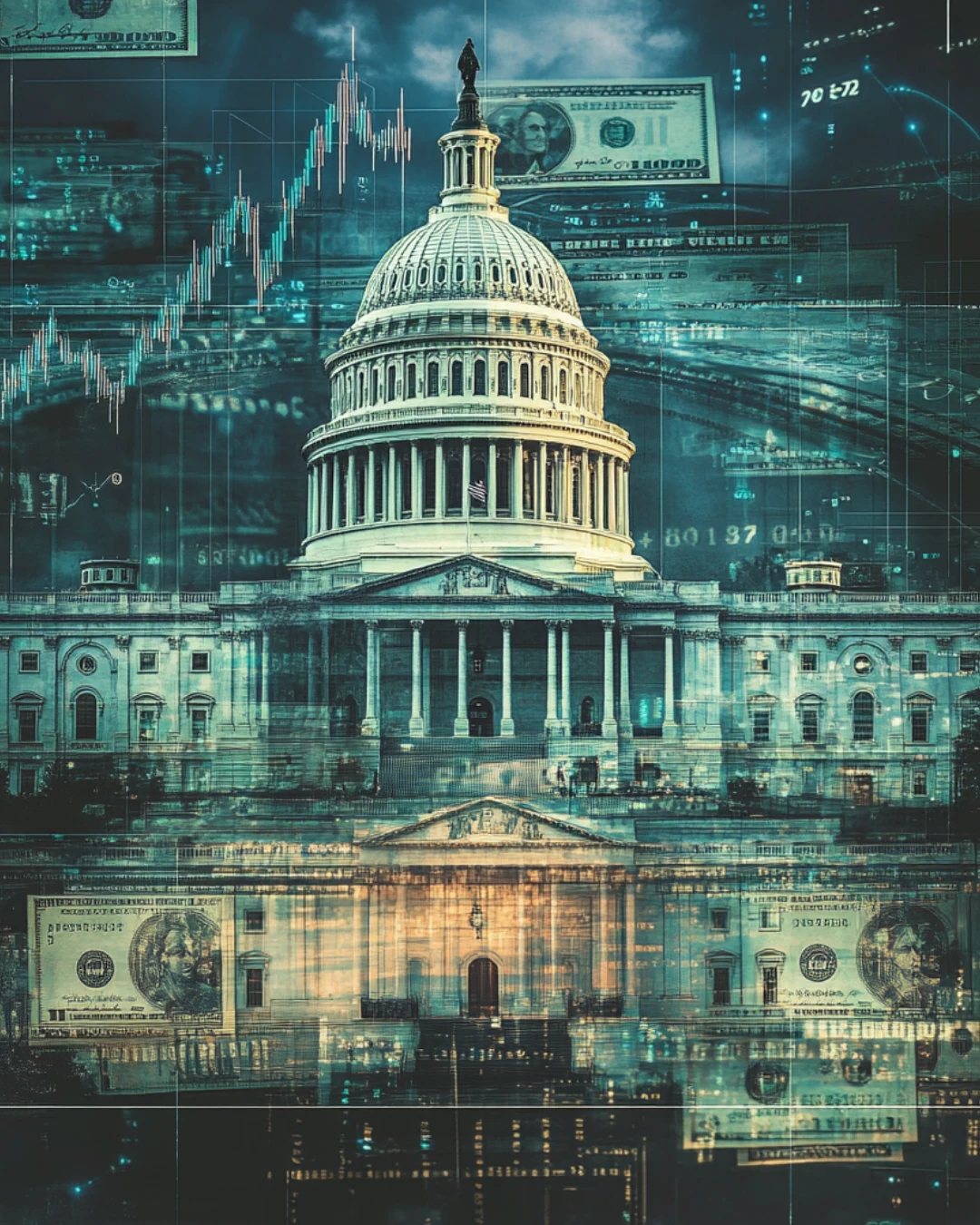Is inflation really at 2.6%?
Or is the government playing numbers games to keep you in the dark?
Ever feel like your paycheck isn’t stretching as far as it used to, but inflation reports make it seem like everything is under control? Let’s have a real talk about what’s going on. The numbers don’t add up, and I want to show you why government inflation manipulation might be at the root of it all.
What Is Government Inflation Manipulation?
For a complete understanding, let’s first unpack the word “manipulation.” Manipulation refers to influencing or controlling someone or something to your advantage, often without them realizing it. When we talk about government inflation manipulation, we mean how the government reports inflation rates in ways that might not align with the reality we experience.
Manipulative behavior often involves controlling actions that conceal true intentions, avoid accountability, or create confusion and doubt. Does the government’s inflation figure of 2.6% reflect your experience at the grocery store, gas pump, or housing market? Probably not. Is that confusion intentional? Are they avoiding responsibility or hiding true intentions? These are the questions worth pondering as we dig deeper.
The Hidden Costs of Underreporting Inflation
Why Would the Government Manipulate Inflation?

There are two major reasons:
- Political Gain: Positive economic numbers make politicians look good and win votes. Nobody wants to campaign on bad economic news.
- Cost Savings: Inflation impacts millions of Americans receiving Social Security, SNAP benefits, and more. If the government reports lower inflation, it can justify smaller cost-of-living adjustments, saving billions of dollars at the expense of everyday people.
How Inflation Reporting Affects You

The Grocery Store Shock
Take a look at your grocery bill. Eggs that were $2.50 last year are now $4.00. That’s not a 2.6% increase; it’s much higher. Multiply that across your entire shopping cart, and the gap between reported inflation and your reality becomes clear.
The Cost of Living Mismatch
Now, let’s consider housing. Instead of tracking real rent and home price changes, the government uses surveys that ask homeowners what they think their property might rent for. This “owner equivalent rent” method often underestimates actual price increases, further skewing inflation data.
How Inflation Manipulation Works
In the last 30 years, the government has changed the way it calculates inflation over 20 times. What was once a straightforward process of tracking price changes for everyday goods has been replaced with adjustments for quality and substitutions.
For example:
- If sugar prices rise by 10%, but Splenda only rises by 3%, the government may use the 3% figure to represent inflation. While this might sound logical, it doesn’t reflect the reality most Americans face when they’re forced to buy more expensive goods.
What’s at Stake?
Billions Saved, at Your Expense
Programs like Social Security and SNAP benefits rely on inflation adjustments. By underreporting inflation, the government reduces these adjustments, saving billions while leaving beneficiaries to shoulder the burden of rising costs.
Here’s an example: If inflation is actually 10%, but the government reports it as 6%, beneficiaries only receive a 6% increase instead of 10%. Over time, this shortfall compounds, leaving Americans with less purchasing power.
Why Transparency Matters
When the raw data used to calculate the Consumer Price Index (CPI) isn’t made public, it’s impossible to audit these reports. This lack of transparency erodes trust and leaves Americans questioning whether the government truly has their best interests at heart.
Inflation is a reality shaping how we live, spend, and plan for the future. The government’s manipulation of inflation reports doesn’t just affect policies; it impacts you directly. It’s time we demanded transparency and took control of our financial stories
Do you think the government is telling the whole truth about inflation? Drop your thoughts below, and pass this conversation on to someone who needs to hear it.
Explore the Impact of Inflation:
Inflation is a critical economic indicator that affects various aspects of daily life, including the cost of goods and services, savings, and investments. To gain a comprehensive understanding of inflation and its implications, consider exploring the following resources:
1. Consumer Price Index (CPI) Overview by the Bureau of Labor Statistics (BLS): The CPI measures the average change over time in the prices paid by urban consumers for a representative basket of goods and services. This index is a primary tool for assessing inflation in the United States. The BLS provides detailed information on the CPI, including its calculation methods and the types of goods and services it covers.
2. Social Security Cost-of-Living Adjustment (COLA) Information: The Social Security Administration (SSA) adjusts benefits annually based on changes in the cost of living, as measured by the CPI. Understanding how these adjustments are calculated can help beneficiaries anticipate changes in their payments. The SSA offers fact sheets and detailed explanations of the COLA process.
3. Handbook of Methods: Consumer Price Index Concepts: For a deeper dive into the methodologies behind the CPI, the BLS’s Handbook of Methods provides comprehensive insights into the concepts and calculations that underpin the index. This resource is valuable for those interested in the technical aspects of inflation measurement.
By exploring these resources, you can enhance your understanding of how inflation is measured and reported, as well as its impact on various economic factors, including Social Security benefits.
Take Action:
- Dive deeper into inflation’s impact on your finances with our Financial Toolkit.
- Check out our Wealth Foundations section for tips on inflation-resistant investments.


Leave a Reply